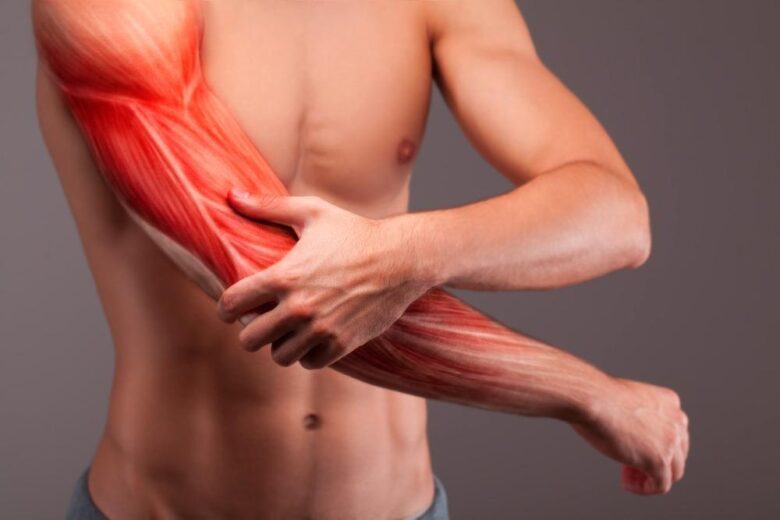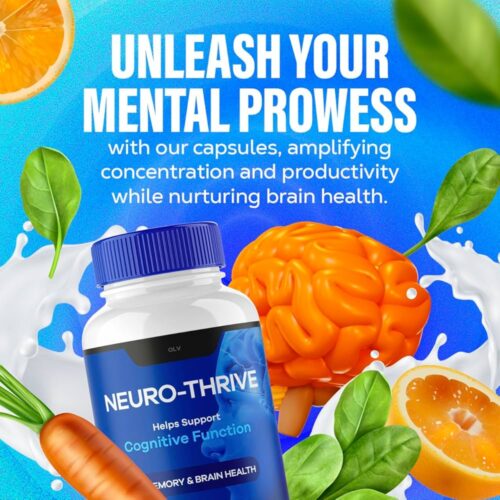In the intricate dance of human biology, hormones play a critical role, orchestrating processes that govern our physical and emotional well-being. Among these enigmatic molecules, testosterone stands out—not merely as a marker of masculinity, but as a vital agent in muscle repair and recovery. As athletes and fitness enthusiasts alike seek ways to optimize performance and resilience, a growing discourse emerges around testosterone therapy. This article delves into the nuances of testosterone therapy, exploring its potential to enhance muscle repair, the science behind its mechanisms, and the delicate balance between benefits and risks. Join us as we unravel the complexities of this therapy, shedding light on its implications for muscle health and overall vitality.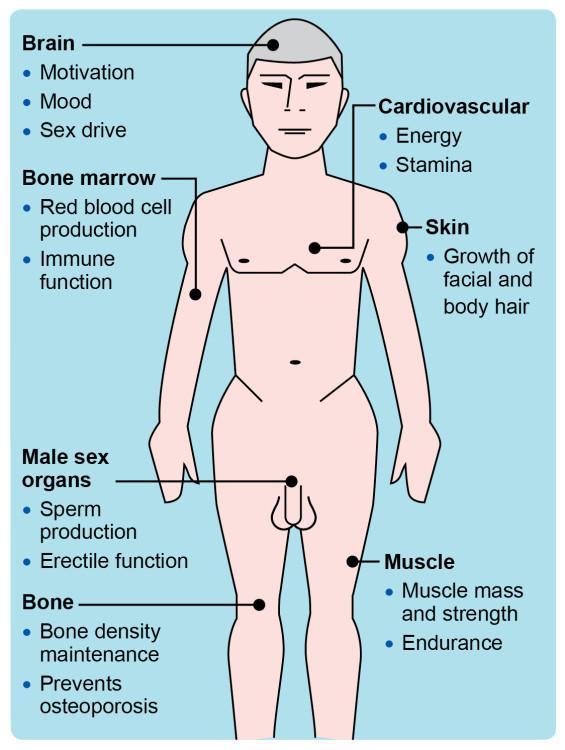
Understanding Testosterone Therapy and Its Role in Muscle Repair
Testosterone plays a crucial role in the body’s ability to repair and build muscle tissue. This hormone, often associated with strength and vitality, is not only pivotal for male characteristics but also for overall health across genders. Individuals undergoing testosterone therapy often report increased muscle mass and improved recovery times after strenuous workouts. This is largely attributed to testosterone’s influence on muscle protein synthesis, where it promotes the formation of new proteins that are essential for muscle growth and repair.
Key factors influencing the efficacy of testosterone therapy in muscle repair include:
- Dosage: The amount of testosterone administered can significantly affect muscle outcomes.
- Timing: The timing of therapy can enhance muscle recovery, particularly when aligned with training schedules.
- Individual Response: Genetic diversity among individuals can result in varying responses to therapy.
Additionally, it’s essential to understand the synergistic effects of combining testosterone therapy with a well-structured resistance training program. The table below illustrates the potential benefits observed in muscle repair and growth among individuals receiving testosterone therapy:
| Benefit | Explanation |
|---|---|
| Increased Muscle Mass | Significant growth in lean muscle tissue. |
| Enhanced Recovery | Reduced muscle soreness post-exercise. |
| Improved Strength | Increased performance in weight lifting. |
By understanding these dynamics, individuals considering testosterone therapy can make informed decisions about how to optimize their muscle recovery and overall fitness goals.
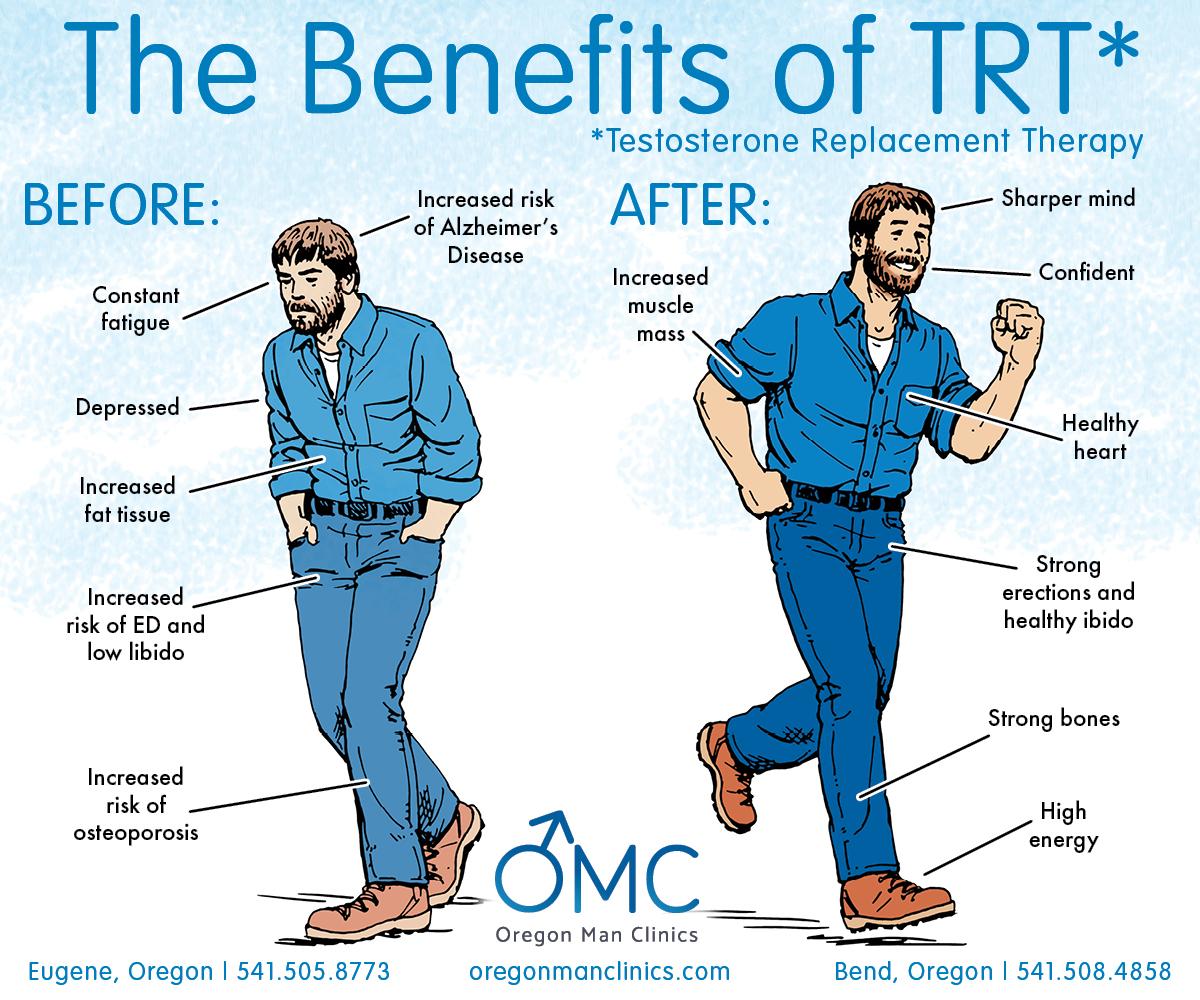
The Science Behind Testosterone: How Hormones Influence Muscle Recovery
The role of testosterone in muscle recovery is multifaceted and significant. As a key anabolic hormone, it not only promotes muscle protein synthesis but also enhances the efficiency of recovery processes post-exercise. When testosterone levels are optimal, individuals may experience:
- Improved Protein Synthesis: This leads to better muscle growth and less recovery time.
- Increased Red Blood Cell Production: More red blood cells result in better oxygen delivery to muscles, promoting endurance and strength.
- Enhanced Mood and Motivation: Higher testosterone can bolster psychological well-being, encouraging more intense and focused workouts.
Research has shown that testosterone can also reduce recovery times and enhance muscle repair mechanisms. For example, a recent study indicated that testosterone therapy can significantly accelerate the healing of muscle damage sustained during exercise.
| Effects of Testosterone on Muscle Recovery | Mechanism |
|---|---|
| Reduced Muscle Soreness | Increases in anti-inflammatory cytokines |
| Faster Recovery Time | Stimulates satellite cell activity |
| Improved Muscle Repair | Enhances collagen synthesis and tissue regeneration |
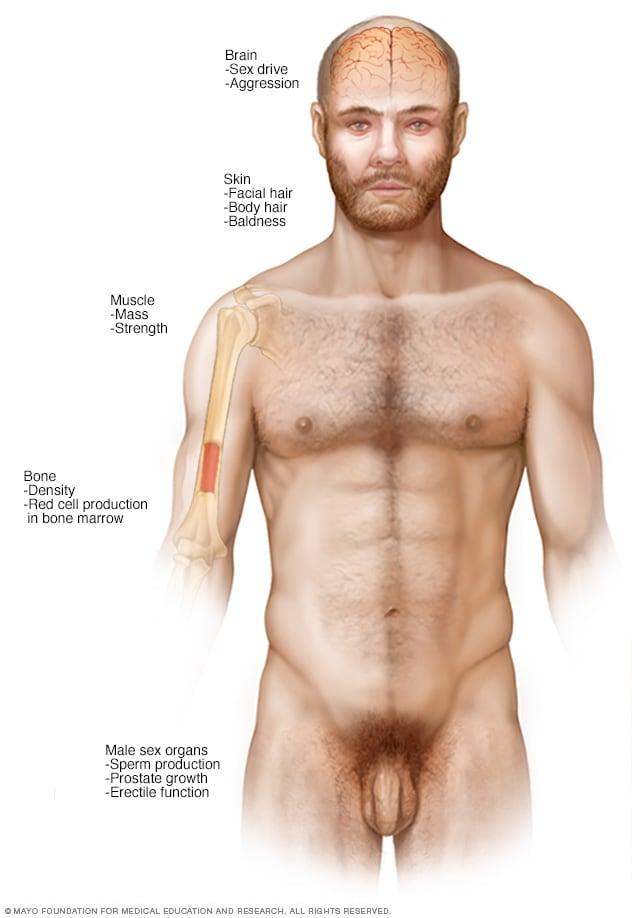
Evaluating the Benefits and Risks of Testosterone Replacement Therapy
Testosterone Replacement Therapy (TRT) presents a spectrum of advantages and potential drawbacks for individuals considering it, particularly in the context of muscle repair and recovery. On the positive side, TRT can enhance protein synthesis, leading to improved muscle mass and strength. This can significantly aid in post-injury recovery or muscle wasting conditions. Furthermore, increased testosterone levels can improve energy levels, motivation to engage in physical activity, and overall athletic performance. Here are some notable benefits of TRT:
- Enhanced muscle regeneration
- Increased bone density
- Improved mood and cognitive function
- Stimulated erythropoiesis (red blood cell production)
Conversely, the risks associated with TRT must not be overlooked. Users may experience adverse reactions like fluid retention, increased risk of cardiovascular events, and potential worsening of pre-existing prostate issues. Long-term use can also lead to hormonal imbalances that may affect fertility and libido. Below is a concise overview of the risks:
| Risk Factor | Description |
|---|---|
| Cardiovascular Health | Increased risk of heart attack or stroke |
| Prostate Issues | Potential exacerbation of benign prostatic hyperplasia |
| Hormonal Imbalances | Possible reduction in natural testosterone production |
| Weight Gain | Possible increase in body fat and fluid retention |
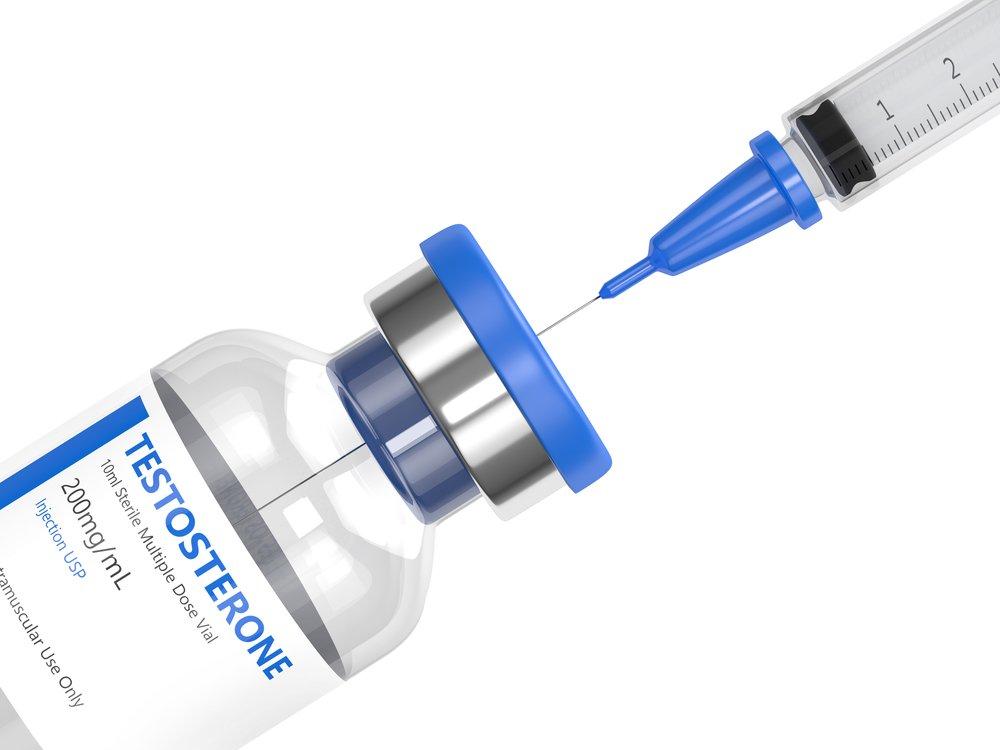
Optimal Dosage and Administration: Guidelines for Effective Muscle Repair
When considering testosterone therapy for muscle repair, it’s essential to establish a proper dosage that maximizes benefits while minimizing risks. Typically, healthcare professionals recommend starting with low to moderate doses, which may range from 100 to 200 mg per week depending on individual needs and health status. Factors such as age, weight, and overall health should be meticulously evaluated to determine the right regimen. Monitoring testosterone levels through blood tests is crucial, as this ensures that levels remain within the physiological range, avoiding potential side effects associated with over-treatment.
In addition to dosage, timing and administration method can all influence the efficacy of muscle repair. Common methods include intramuscular injections, transdermal patches, or gels. Each method varies in absorption kinetics; for instance, injections may provide a rapid increase in testosterone levels, while gels allow for a more gradual rise. Adopting a consistent administration schedule contributes to stable hormone levels, which can enhance muscle recovery. Consider the following guidelines for optimal therapy implementation:
- Consult a healthcare provider before beginning any treatment.
- Start with low doses and escalate based on response.
- Use blood tests to monitor testosterone levels regularly.
- Maintain a routine to support consistency in administration.
Combining Testosterone Therapy with Nutrition for Enhanced Recovery
Integrating testosterone therapy with a well-rounded nutritional regimen can significantly magnify the benefits of muscle recovery. This approach not only aids in restoring muscle tissue after strenuous activities but also enhances overall performance. A balanced diet rich in specific nutrients works synergistically with hormone therapy to facilitate optimal healing and regeneration. When considering nutrition, the focus should be on:
- High-quality proteins: Essential for muscle repair and growth.
- Healthy fats: Support hormone production and reduce inflammation.
- Complex carbohydrates: Provide sustained energy and replenish glycogen stores.
Furthermore, the timing and composition of meals can influence recovery outcomes. Consuming a post-workout meal that combines protein and carbohydrates within 30 minutes can maximize muscle synthesis while effectively utilizing the elevated testosterone levels from therapy. The following table illustrates a simple guide to optimal post-exercise nutrition:
| Food Type | Examples | Benefits |
|---|---|---|
| Protein | Grilled chicken, Greek yogurt | Promotes muscle repair |
| Carbohydrates | Brown rice, sweet potatoes | Replenishes energy stores |
| Fats | Avocado, nuts | Supports hormonal health |
Monitoring Progress: Key Indicators of Effective Muscle Repair
Effective muscle repair can be gauged by several key indicators that not only reflect the physiological changes occurring within the body but also guide adjustments to therapy. Among these indicators, muscle strength and size gains provide foundational metrics. Tracking progress in strength can involve monitoring one-rep max lifts or general performance in resistance exercises. Meanwhile, muscle hypertrophy can be assessed using imaging techniques like ultrasound or MRI, as well as direct measurements of circumferences at specific muscle groups.
Additionally, biochemical markers play a pivotal role in understanding the effectiveness of testosterone therapy on muscle repair. Monitoring hormone levels, specifically testosterone, estradiol, and cortisol, can help in evaluating the hormonal balance that supports muscle recovery. It’s also beneficial to include assessments of inflammatory markers such as C-reactive protein (CRP) and creatine kinase (CK) levels to gauge muscle damage and recovery rates. The interplay of these indicators creates a comprehensive picture of muscle health and repair progress, ultimately contributing to a more tailored therapeutic approach.
| Indicator | Measurement Method |
|---|---|
| Muscle Strength | One-rep max tests |
| Muscle Size | Ultrasound/MRI |
| Testosterone Levels | Blood tests |
| Inflammatory Markers | Blood tests |
Future Directions in Testosterone Research and Muscle Rehabilitation
As the field of testosterone research continues to evolve, various future directions promise to yield valuable insights for muscle rehabilitation. Key areas of exploration include:
- Individualized Therapy: Research is shifting towards personalized testosterone therapy, taking into account genetic, hormonal, and lifestyle factors that vary among patients.
- Combination Treatments: Investigating the synergistic effects of combining testosterone with other modalities, such as resistance training, nutritional interventions, or gene therapy, to maximize muscle repair.
- Longitudinal Studies: Conducting extended studies to monitor the long-term impacts of testosterone therapy on muscle health, functionality, and overall well-being across diverse populations.
Additionally, advancements in biomarkers could lead to revolutionary methods for tracking muscle recovery and response to therapy. Emerging technologies in bioinformatics could facilitate:
- Genomic Analysis: Understanding the interaction between testosterone and gene expression related to muscle growth and repair.
- Proteomics: Identifying how testosterone influences muscle protein synthesis pathways and muscle regeneration mechanisms.
- Real-time Monitoring: Utilizing wearable technology to assess the efficacy of testosterone therapy in real-world environments and its effect on daily activity and recovery.
| Study Focus | Potential Discoveries |
|---|---|
| Hormonal Interplay | Understanding how other hormones interact with testosterone during muscle rehabilitation |
| Age-related Decline | Establishing tailored interventions based on age-related testosterone decrease and muscle loss |
| Psychological Factors | Exploring the relationship between testosterone levels and motivation/mental health in rehabilitation |
Q&A
Q&A: Testosterone Therapy and Muscle Repair
Q: What is testosterone therapy, and how does it relate to muscle repair?
A: Testosterone therapy involves the administration of testosterone to increase hormone levels in individuals, particularly those with testosterone deficiency. This therapy is often discussed in the context of muscle repair because testosterone plays a crucial role in muscle protein synthesis, which is the process by which the body builds and repairs muscle tissues, especially following injury or strenuous exercise.
Q: Who might benefit from testosterone therapy for muscle repair?
A: Individuals who may benefit from testosterone therapy for muscle repair include older adults experiencing age-related muscle loss, athletes recovering from injuries, and individuals with hormonal deficiencies due to medical conditions. However, the decision to begin therapy should always be made with a healthcare professional, considering potential risks and benefits.
Q: What are the potential benefits of testosterone therapy on muscle repair?
A: Potential benefits of testosterone therapy include enhanced muscle mass, increased strength, improved recovery times, and reduced muscle damage following exercise. Higher testosterone levels can also stimulate satellite cells, which play a critical role in muscle regeneration.
Q: Are there any risks associated with testosterone therapy?
A: Yes, testosterone therapy is not without risks. Possible side effects may include mood swings, increased risk of cardiovascular issues, potential liver damage, and changes in cholesterol levels. Long-term use can also lead to dependency and hormonal imbalances. Careful monitoring and consultation with a healthcare professional are essential.
Q: How does testosterone impact muscle repair mechanisms at a biological level?
A: At the biological level, testosterone influences various mechanisms involved in muscle repair. It enhances the activity of androgen receptors on muscle cells, leading to an increase in protein synthesis. Additionally, testosterone promotes the release of growth factors like IGF-1, which are essential for muscle regeneration and repair.
Q: Can testosterone therapy be beneficial for those without deficiencies?
A: While there may be anecdotal evidence of performance benefits for athletes without deficiencies, using testosterone therapy for enhancement purposes carries significant risks and ethical concerns. The therapeutic use of testosterone is typically not recommended for individuals with normal hormone levels, as it can disrupt the body’s natural hormone balance and lead to unwanted side effects.
Q: What should individuals consider before starting testosterone therapy for muscle repair?
A: Individuals considering testosterone therapy should undergo a thorough evaluation by a healthcare professional. This evaluation typically includes hormone level testing, assessments of overall health, and discussions about potential risks versus benefits. Additionally, individuals should explore other methods for muscle repair, such as nutrition, exercise, and recovery strategies, as complementary approaches to therapy.
Q: Are there alternatives to testosterone therapy for muscle repair?
A: Yes, there are several alternatives to testosterone therapy. These may include resistance training, nutritional interventions (like protein supplementation), adequate hydration, and getting sufficient sleep. These methods can enhance muscle repair and growth without the potential side effects associated with hormone therapy.
Q: How can I determine if testosterone therapy is right for me?
A: The best way to determine if testosterone therapy is appropriate is to consult with a healthcare provider. They can help assess your symptoms, perform necessary tests, and work with you to develop a tailored treatment plan that aligns with your health goals and needs. Remember, informed decisions are key to effective treatment and overall well-being.
Wrapping Up
the intricate relationship between testosterone therapy and muscle repair highlights a multifaceted approach to understanding human physiology. As we delve deeper into the realms of hormonal influence, healing, and the body’s remarkable ability to regenerate, it becomes evident that testosterone serves not merely as a mere supplement, but as a vital player in the symphony of muscle health. While research continues to evolve and our perspectives expand, we must approach this powerful therapy with both curiosity and caution. By blending the wisdom of tradition with the advancements of modern science, we can pave the way for informed decisions that honor our body’s needs. As we stand on the threshold of further discovery, let us embrace the potential of testosterone therapy—not just as a means of recovery, but as a catalyst for overall well-being and vitality in the journey of life.

